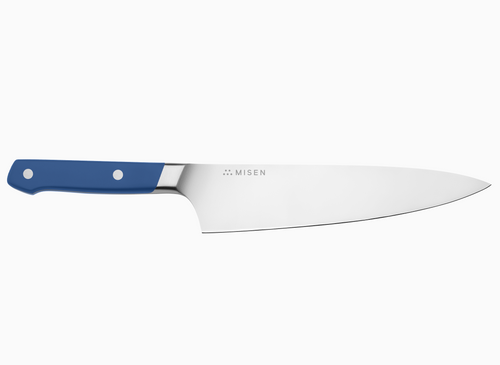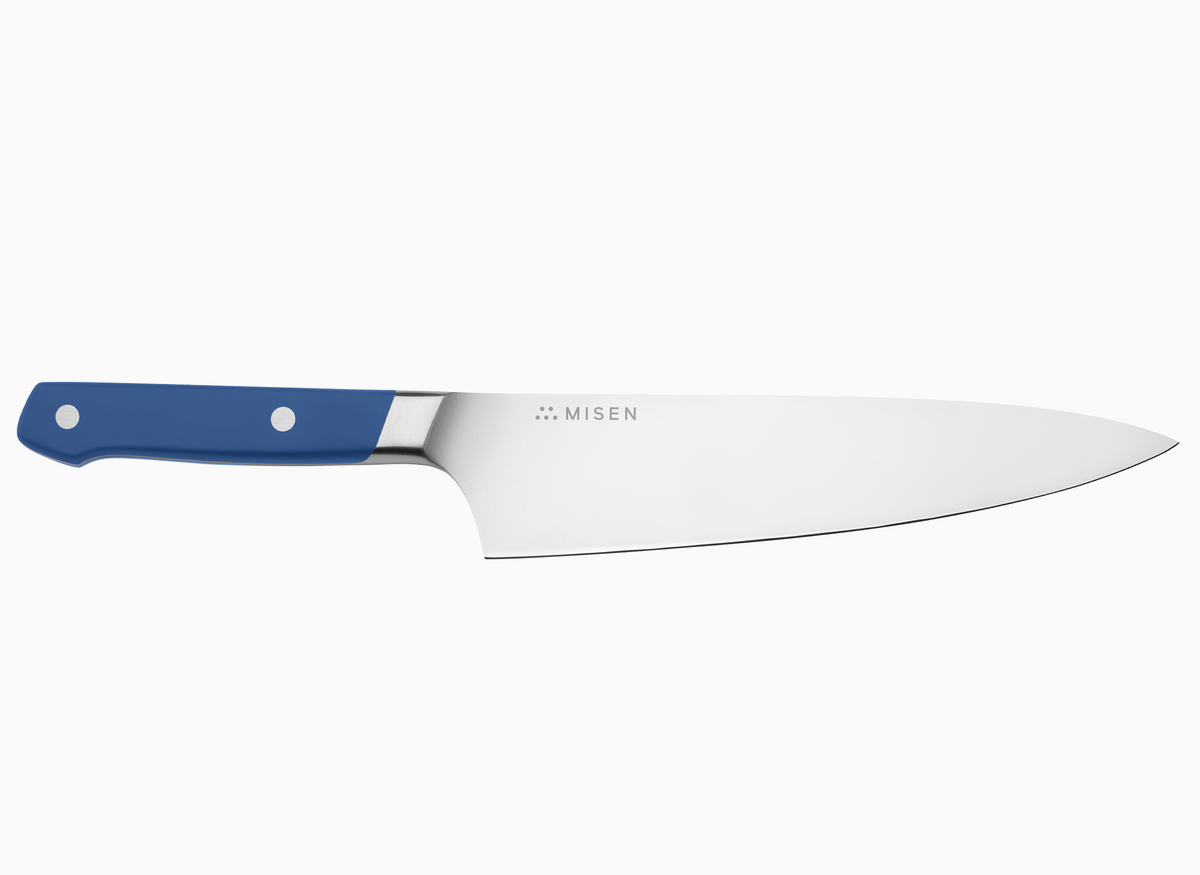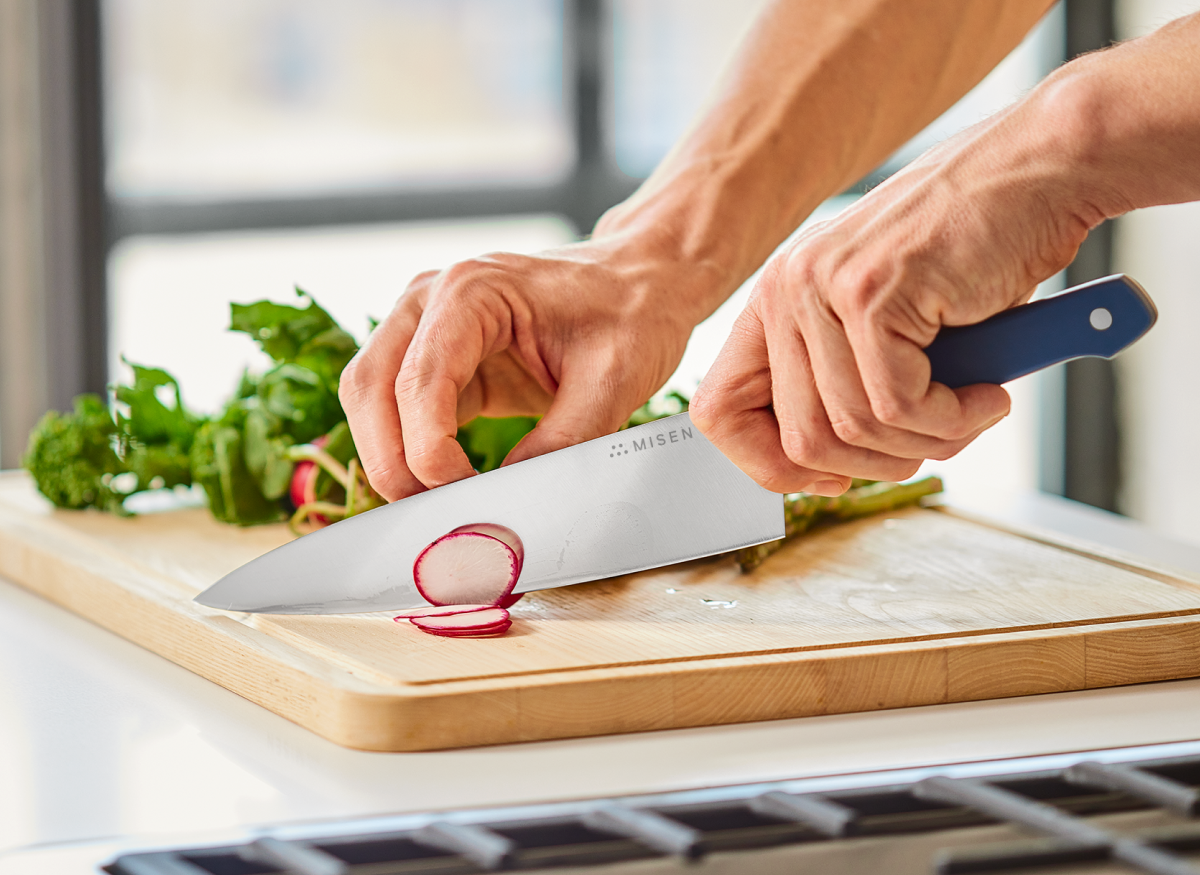Ceramic vs. Teflon: New-school or Tried and True
 Nonstick skillets are essential in every kitchen.
Nonstick skillets are essential in every kitchen.
- Nonstick pans have been around for decades and have many uses in the kitchen.
- Ceramic and Teflon are the two main choices, and they have some important differences.
- All nonstick pans have similar drawbacks in the kitchen.
Imagine, briefly, life without skillets. What would it even look like? Would we all be using woks? Would we be relegated to boiling or poaching most of our food? Or would we muster our inner caveman and cook all our food with fire?
Upon returning to reality, one can quickly see that skillets are a crucial item in anyone’s kitchen. A good skillet is the workhorse of your kitchen — the day-in, day-out, can-do item you can’t do without.
However, visit your local online or in-person cookware store, and you may be bewildered at the sheer variety of skillets available. Shapes, sizes, materials, stick or nonstick, stainless steel cookware, cast iron or copper, cheap or spendy — it’s hard to know what to choose.
Here, we’ll help narrow your options by addressing a commonly-asked question specifically about nonstick skillets: what’s the difference between Teflon and ceramic skillets?
Why Use Nonstick Cookware?
 Nonstick cookware is ideal for delicate food like eggs.
Nonstick cookware is ideal for delicate food like eggs.
First, let’s step back for a second and consider why nonstick pans may appeal to people. They’ve been around since the 1950s, but you won’t find nonstick pans in most professional chefs’ kitchens. So why does a home cook need one?
A nonstick skillet’s main feature, of course, is that food doesn’t stick to it. This feature can be appealing for several reasons:
- It makes the pan easier for inexperienced cooks to use than traditional metal skillets.
- Because food doesn’t stick to them, they’re also easier to clean.
- They’re relatively cheap.
- This lack of sticking can help you reduce or eliminate the oil used when sauteeing, which is wonderful if you’re trying to watch your weight.
If you’re cooking delicate foods that stick easily — like an omelet or a crepe — a nonstick pan can be your best friend.
Ceramic vs. Teflon: What’s the Difference?
 PTFE is the most common type of nonstick cookware.
PTFE is the most common type of nonstick cookware.
Essentially, there are two main types of nonstick skillets: ceramic and PTFE (also known by the brand name Teflon). Most nonstick skillets you’ll find are aluminum or steel pans coated with their designated substance. Ceramic pans have gained lots of popularity recently due to health and environmental concerns arising from PTFE pans. Take note: PTFE is safe both for the environment and for you. The concerns relate to a chemical no longer used in PTFE manufacturing. Still, is ceramic better?
Teflon Cookware Overview
PTFE was first patented in the 1930s by the DuPont corporation, and in the 1950s, it was first applied to cookware. Its main advantage, as you might guess, is that food doesn’t stick to it. This has been a boon to home cooks for years since much less elbow grease needs to be applied to clean a Teflon pan than a traditional one. Teflon coating has a long, well-praised legacy.
However, one of the main reasons ceramic cookware has made big inroads into the market in recent years is due to outdated health concerns about the safety of the chemicals in the PTFE coating. PTFE pans raised concerns in previous decades, but the concerns have been addressed. PTFE is certainly safe: It’s even used in heart surgery and bone transplants.
Teflon Pan Health Concerns
The main concern about using Teflon pans ties back to two chemicals: perfluorooctanoic acid (PFOA) and polytetrafluoroethylene (PTFE). Both are man-made chemicals. While PFOA was previously used in the process of making PTFE, Teflon pans are now PFOA-free. PFOA was phased out in 2015.
However, when Teflon pans are heated to high temperatures — around 500 degrees Fahrenheit—the nonstick surface begins to degrade. Consequently, these pans are best used at medium heat, not high heat.
Ceramic: Coating Only vs. Pure Ceramic Pans
A brief but important note on ceramic skillets: While most are merely coated in a ceramic-like substance, some are entirely made of ceramic material. This means they’re made of sand, clay, or quartz. Generally speaking, pure ceramic pans are higher quality, harder to find, and more expensive than those simply coated with a ceramic-like substance.
Ceramic Pans Overview
Like Teflon pans, pans with a ceramic coating make for a smooth, nonstick cooking experience. They’re easy to wash and care for, and generally last a few years, though not as long as PTFE pans. In the manufacturing process, a ceramic nonstick solution is applied to a pan via a spray or dipping. It needs to be cured at high temperatures in order to work correctly.
Similar to Teflon pans, ceramic coated pans shouldn’t be used at higher temperatures because their coating may also begin to break down. As nonstick ceramic pans are relatively new to the US market, they’ve gotten a bit of hype. However, ceramics have been used as cookware for thousands of years across the globe.
Ceramic and Teflon Drawbacks
 Even if your kitchen collection contains classic cast iron and stainless steel skillets, you should still make room for at least one nonstick pan.
Even if your kitchen collection contains classic cast iron and stainless steel skillets, you should still make room for at least one nonstick pan.
Although having nonstick properties confers quite a bit of usefulness to these products, both ceramic-coated and PTFE-coated nonstick pans have the same drawbacks while cooking.
You Can’t Use Metal Utensils on Them
When you’re cooking with either a ceramic or a Teflon pan, you must use either wood, plastic, or silicone utensils to cook with. This means no metal spatula, no tongs, and no metal ladles. Using metal on the pans will scrape off and eventually ruin the nonstick coating, making your pan useless.
They Have a Short Life Than Traditional Pans
While it’s true that traditional steel pans, for example, require more care and love than nonstick pans, they’ll last forever if they’re treated right. Nonstick pans have a shelf life of a few years, depending on how often you use them and how you treat them. If you use them carelessly, they may be out of commission within a year. Even treated right, they’ll last perhaps five years. Regardless of the pan and the way you treat it, nonstick pans will never last as long as stainless steel or cast iron pans.
They’re Not Usually Oven-Safe
Often, cheap nonstick pans come with plastic handles. A plastic handle guarantees that the pan can’t be put in the oven, but the nonstick coating itself is also best kept out of the oven, which prevents you from using techniques like braising. For delicious braised beef ribs, you should reach for your stainless steel pan.
They’re Not for Deglazing
If you’re making a great sauce, part of the flavor comes from what sticks to the pan. That means that sometimes things sticking to the pan is a feature rather than a problem. For example, a chef pours wine in a hot stainless steel pan to help scrape off the proteins from a seared steak stuck to the bottom — thus begins a beautiful flavor that’s not possible with nonstick pans.
They’re Not Dishwasher Safe
While many nonstick pans claim to be dishwasher safe, the high temperatures and abrasive detergents used in dishwashers are not good for the nonstick coating. Eventually, enough washes in a dishwasher will degrade the pan and shorten its lifespan. That leaves you to wash them by hand.
So Which One Should You Choose?
Because there have been so many advances in Teflon technology in the past few years — chief among them, getting rid of PFOA — Teflon remains a safe and trustworthy choice for cookware. It’s perfect for both new cooks and experienced cooks who enjoy making delicate dishes like eggs and crepes. You don’t have to worry about food sticking or spending extra time scrubbing dishes.
Ceramic pans can compete with PTFE pans, but they’re not going to replace them in the long run. Many chefs find them to be less non-stick than PTFE pans, and find that they don’t last as long as PTFE pans.
Sticking Around for a Reason
Nonstick pans are sticking around — they’re simply too convenient to give up. They’ve got a well-deserved place in every kitchen and they’ve come a long way since the 1950s. But while the technology used to make nonstick pans may change, one thing is clear: home cooks demand this convenience in the kitchen.
A nonstick pan has earned its place in any cookware set. Do yourself a favor, and get a good one.








